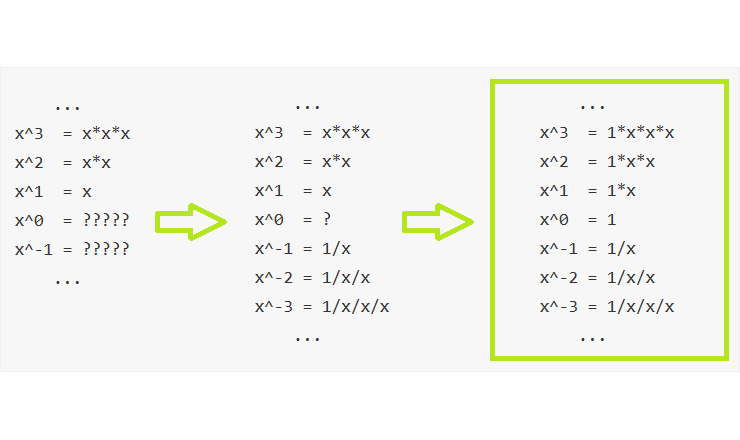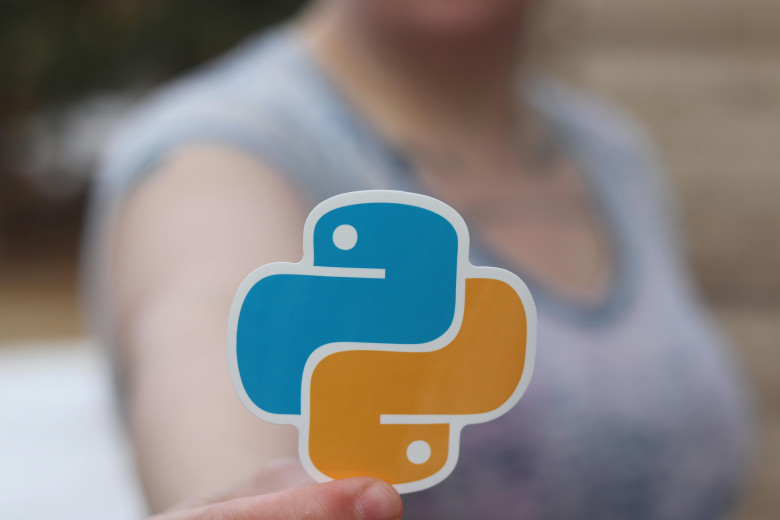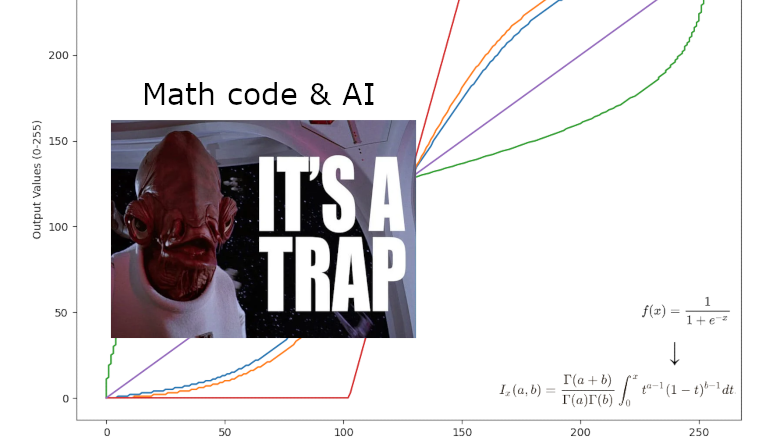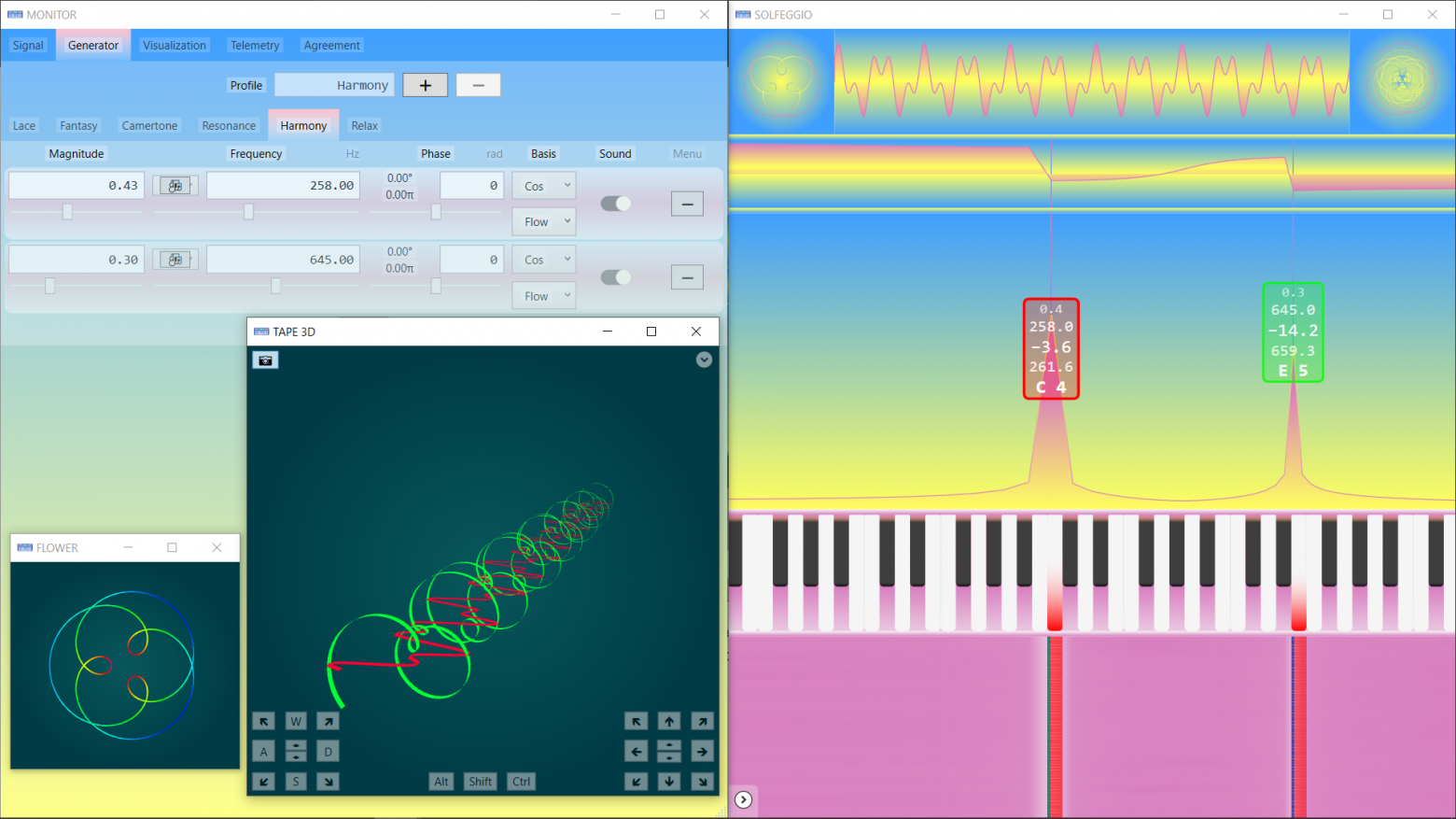
Trace Compass with GZip
Trace Compass is an open-source application performance analysis framework. It is designed to visualize and analyze traces, which are recordings of events that occur in a software system during its execution. Trace Compass is particularly useful for understanding the behavior, performance, and interactions within complex software systems.
Key features of Trace Compass include:
Trace Visualization: It provides a graphical representation of traces, allowing users to visualize the sequence and timing of events in a system.
Analysis Tools: Trace Compass offers various analysis tools and modules for different types of traces, helping users identify performance bottlenecks, errors, and other issues.
Support for Multiple Trace Formats: It supports a wide range of trace formats from different sources, making it versatile for analyzing traces generated by various software components.
Customizable Views: Users can customize the views and analyses based on their specific needs, allowing for a more tailored and effective analysis process.
Integration with Eclipse: Trace Compass is often integrated with the Eclipse IDE, providing developers with a seamless environment for analyzing and debugging their applications.
Overall, Trace Compass is a valuable tool for developers, system administrators, and performance analysts to gain insights into the runtime behavior of software systems and optimize their performance.











